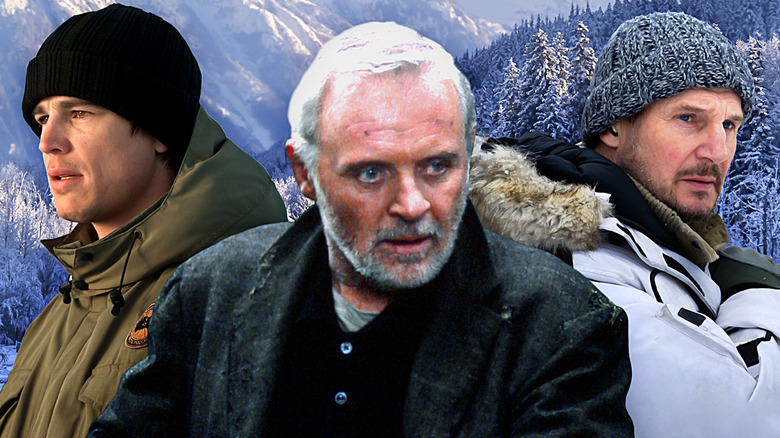
Static Media
Every state has its own histories, landscapes, and stories worth telling, but some lend themselves to more visually stimulating tales than others. There are bland-looking states that shall remain unnamed, and then there are ones that feel intriguing and inviting no matter which way the camera's pointed. Hawaii is an obvious pick on that count, but Alaska gives it a real run for the top spot. It is an endlessly stunning place to be with natural beauty staring you down from every direction. That beauty can come at a cost, though, as nature can be both unrelenting and unforgiving.
That reality, when coupled with the vast size of the state and a sparse population, leaves it ripe for drama, danger, and stories about isolation both intentional and otherwise. It's a place where a detective can be driven mad by the lack of night ("Insomnia"), a humorously inappropriate romance can take hold ("The Proposal"), and an amateur hockey team can win big ("Mystery, Alaska"). None of those films landed in our top 10 movies set in Alaska, though, so keep reading to see what titles made the cut.
10. One With the Whale
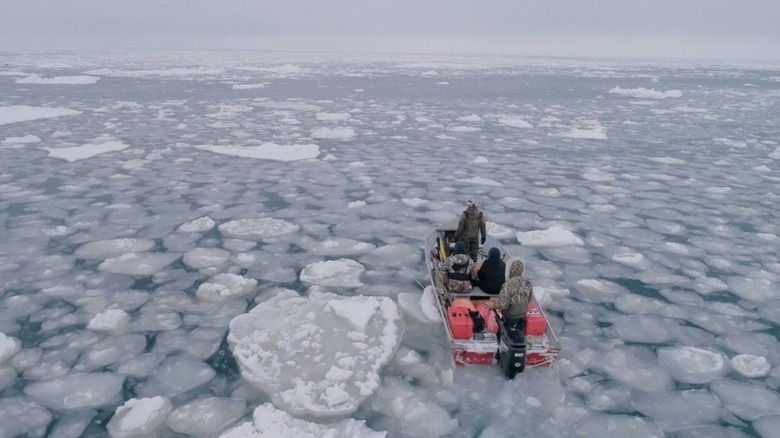
Independent Lens
A young man on a remote Alaskan island catches a whale whose bounty feeds the entire community, but when the killing hits social media the outrage is unrelenting.
These lists lean almost exclusively towards narrative films, but this documentary is an Alaska-centered watch that deserves far more eyes. "One With the Whale" packs a lot into its 90-minute running time, and all of it serves to enlighten and empathize with people and place. St. Lawrence Island is just 50 miles from Russia, with a population of less than 1,500 people, mostly Alaskan Native, and they lead a subsistence lifestyle where most of their food is hunted and harvested. Killing a whale is a major event that feeds the village for months. Westerners and social media trolls pounced leading to severe emotional distress, and it's heartbreaking.
Other areas explored by the documentary touch on the island's history, its present day predicaments, and the uncertain future. Imported goods are wildly expensive meaning hunting is a necessity, but government restrictions constantly rear their head. Chris' father can't fire a weapon due to a past conviction for poaching, the community is only allowed two whales per season, and climate change is making even that minimum difficult to attain. We also spend time with Chris' sister who feels compelled to leave the island and its Christian gaze after coming out. At its core, though, the documentary is a warm, affecting look at family and community in the harshest of landscapes, and it's a perfect entry for the best movies set in Alaska.
9. The Last Winter
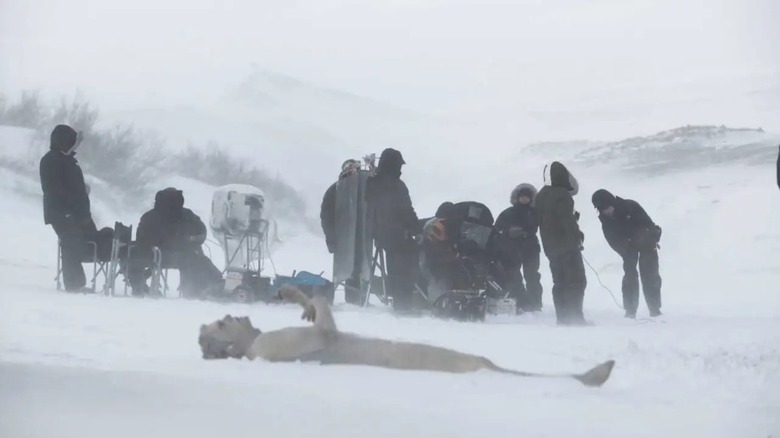
Antidote Films
A small group of oil company employees work to establish a base in the Arctic National Refuge with plans on drilling for black gold. The earth and nature itself seem to have other ideas.
Comparisons to John Carpenter's masterpiece, "The Thing," are inevitable given the location and setup, but these are wholly different beasts. The alien threat in Fessenden's film comes from within, and it rises in a slower, far from tangible form. The only monster here is humankind' voracious appetite for environmental destruction, and as the Earth strikes back with madness and paranoia, it serves to highlight our absolute culpability in the climate change that might ultimately be our downfall. Fittingly then, it's a downer of a film serving as a cautionary tale even as it suggests we're too late to fix the problem.
Larry Fessenden's "The Last Winter" wears its eco-horror label loud and proud in the guise of a slow-burn thriller that scratches a very specific genre itch. Cinematographer G. Magni Agustsson takes fantastic advantage of filming locations in Alaska and Iceland to capture the stark beauty of an unforgiving landscape. The cast does great work giving the group a lived-in feel with familiar faces like Ron Perlman, Connie Britton, and James Le Gros as the one who first suspects that Mother Nature is done taking crap from humans. As with "The Thing," the ending is a bit ambiguous, but we know one thing: A change is needed.
8. Limbo
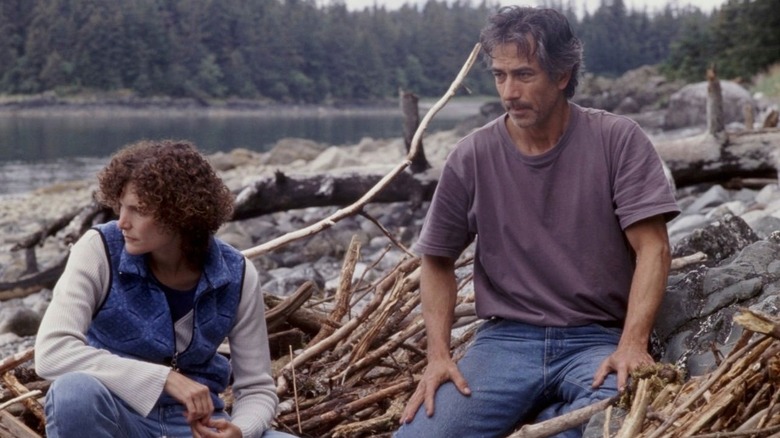
Screen Gems
A man finds a tentative union with a single mother and her teenage daughter, and for a brief moment, all three suspect that their lives might be looking up. Unfortunately for them, the feeling doesn't last.
A film's title can sometimes feel like an undervalued part of the experience (even as some people tilt the other way and overthink them), but writer/director John Sayles knows exactly what he's doing with the title "Limbo." The word has several meanings centered on a feeling of immobility, neglect, or uncertainty, and all of them come into play here as our three protagonists find themselves stuck in place with an unclear future. As the possibility of death rears its head, another definition of limbo comes into play with the characters getting closer and closer to the ground — as in the grave.
David Strathairn and Mary Elizabeth Mastrantonio both give beautifully haunted performances as people just standing in place against a landscape that lets you do just that. The vast emptiness of Alaska means anyone can lose themselves at any time, and while they do so first by choice, they're forced by circumstance to disappear into nature if they want any home of a future. Sayles keeps characters and viewers hanging in the natural beauty and danger of that liminal space, and the effect is transfixing.
7. Into The Wild
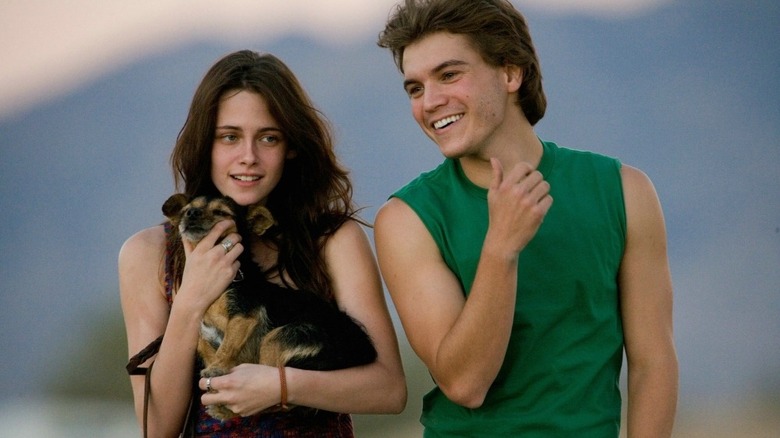
Paramount Vantage
Christopher McCandless had it all, and his future looked bright, but after graduating from college. he decides to give everything away, make his way to Alaska, and live in the bosom of nature. Unfortunately, kindness, charisma, and good intentions aren't survival skills.
"Into the Wild" is based on the true story of McCandless' life and death, but while it ends in tragedy, the focus is both inspiring and depressing. McCandless goes against family wishes when he decides to go outside and touch grass, and his journey highlights the value in moving beyond the bubble of your own little world to find new people, environments, and experiences. His travels bring him in and out of other people's lives, and they're given life by talents including Kristen Stewart (in one of her best performances), Hal Holbrook, Vince Vaughn, Catherine Keener, and more.
Emile Hirsch gives a wonderful performance as the charismatic and determined young man in awe of Alaska's majestic wonders but blind to equally affecting wonders of human friendship. Flashbacks highlight his travels, but through it all, McCandless keeps focused on his Alaskan destination. It remains his goal as his belief is that life's true joys come from the world around us and not the people within it. His time in Alaska is a freeing experience at first, but as weeks pass he comes to realize the error of his ways. Loneliness can be a real killer even if it's technically poisonous berries that do him in.
6. Runaway Train
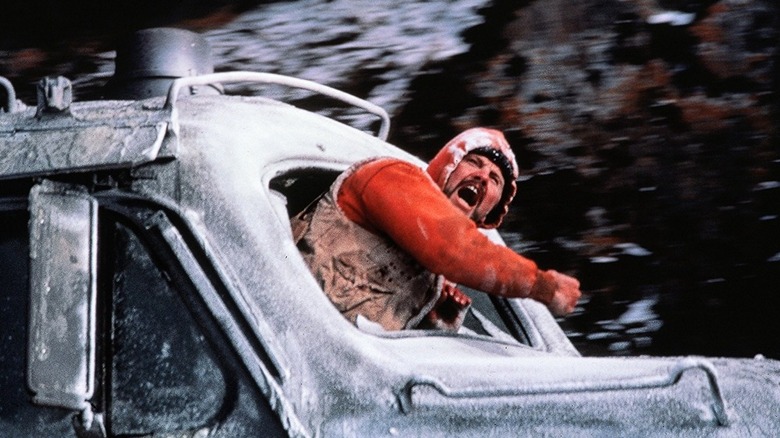
Cannon
Two convicts escape from a prison in rural Alaska and board a seemingly abandoned train. A mishap sends it rolling, though, and as it builds speed through dangerous terrain, it becomes clear that stopping it might not be an option.
It's not quite the definition of ironic, but for a fast-moving film with a title suggesting incredible momentum, "Runaway Train" actually took 20 years to reach the screen. The legendary Akira Kurosawa first conceived the film and co-wrote the screenplay in the mid 1960s before seeing the project shelved and eventually unearthed two decades later with different filmmakers. The end result is a thrilling adventure and one of the best action films of the 1980s.
Director Andrei Konchalovsky smashes together the manmade beast of an out of control train with the blistering cold and snowy landscape of Alaska for a fusion of thrills backed by engaging performances and character beats. Big stunts aboard a moving train share the screen with smaller conflicts that continually raise the stakes, leading to an ending that feels like an inspiration for the final frames of Kathryn Bigelow's "Point Break." While stars Jon Voight and Eric Roberts are often relegated to stories about their more famous family members, the actors bring gritty humanity and a raw desire for freedom to the film, and they were both rewarded with Oscar nominations.
5. The Edge
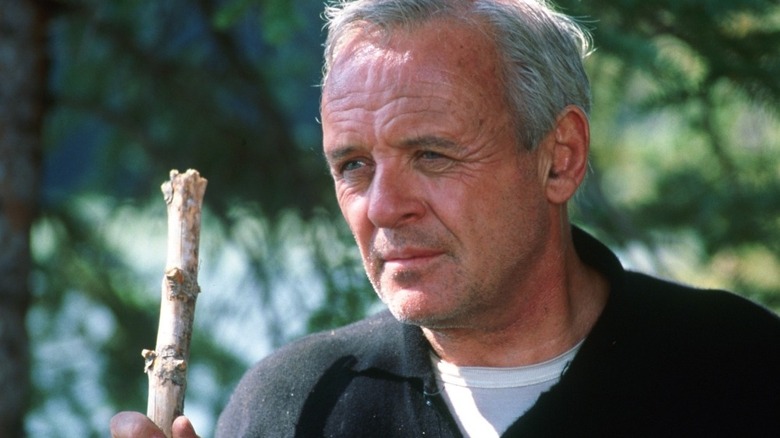
20th Century Fox
A small plane crashes into a remote Alaskan lake leaving three survivors. The men struggle to find food and shelter, but soon a bigger problem rears its head in the form of a very large bear.
The main thrill of Lee Tamahori's "The Edge" is its balance between the threats posed by nature and the one posed by man. Anthony Hopkins plays a wealthy man who suspects that the photographer (Alec Baldwin) he just crashed into a lake with has eyes on his much younger wife (played by Elle Macpherson). That deception needles its way into their efforts to survive in cruelly entertaining ways, which makes for an adventure where the bloodthirsty bear is far from the biggest monster roaming the woods. David Mamet's screenplay is a big part of its success, as it affords the men some degree of savage wit before things take a more physical turn.
There's a reason that so many of the best films set in Alaska are tales of survival, and you only need to visit the state once to see why. Even its biggest city, Anchorage, has bears roaming parks within the city limits, and then there's moose, brutal weather conditions, and an unforgiving landscape filled with forests, rivers, mountains, and more. Having visited five times so far, I'm comfortable saying that the wildness of it all adds to the state's stunning natural beauty that really deserves to be experienced first-hand. Just don't bring a Baldwin with you.
4. Wildlike
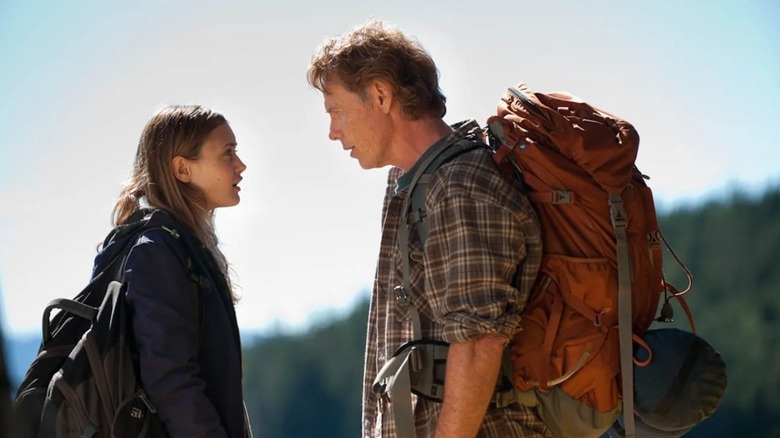
Killer Films
A teenage girl leaves a traumatic experience behind and heads towards the uncertainty of a journey across Alaska. While understandably wary at first, she soon finds a friendly comfort in the company of a widower traveling the state with his own emotional baggage.
Easily the least-known film on this list, Frank Hall Green's "Wildlike" is a film where the beauty of Alaska is met beat-for-beat by the beauty of friendship, kindness, and empathy. Filmed entirely in Alaska, the film showcases the state's varied landscape from mountains and valleys to rivers and tundras. The phrase is somewhat overused these days, but Green's film is absolutely a love letter to the state that revels in its objectively gorgeous landscape and the serenity that comes being in its presence.
The film also works as a wonderful chaser to Sean Penn's "Into the Wild" above as it follows similar themes to a much more optimistic and brighter conclusion. Mackenzie (Ella Purnell) and Bartlett (Bruce Greenwood) are lost souls who think solitude is the answer, but they both discover the healing power that is human connection. There's nothing improper between the two, they're just people in need of company and compassion, and it's a sweetly beautiful reminder to spend time with the people in your life, to listen and share, and just to be there for each other. A simple message, perhaps, but it's no less important or necessary for it.
3. 30 Days Of Night
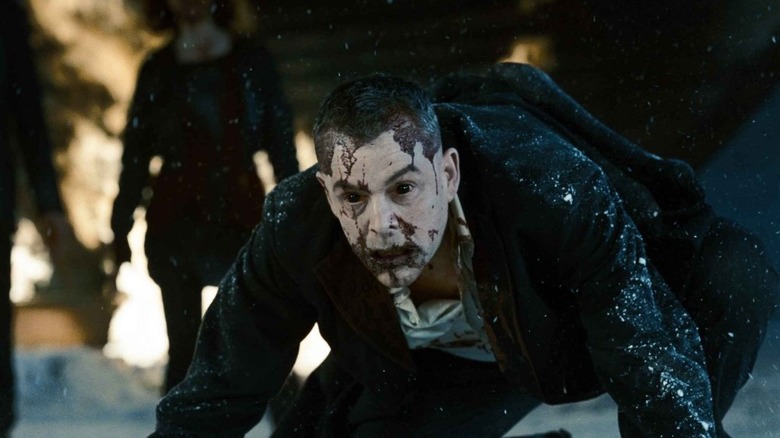
Columbia Pictures
Once a year, the small town of Barrow, Alaska heads into a sunless period lasting a whole month. That's not normally a problem, but this year? A group of vampires are coming to town for the long night.
Vampires are a ubiquitous presence in the horror genre (as evidenced by our look at the 30 best vampire movies) and too often fall into a small and familiar variety. Their vampires tend to range from the classy ("Dracula," "Fright Night") and cool ("The Lost Boys," "Near Dark") to the comedic ("Vampire's Kiss," "What We Do in the Shadows") and even metaphorically inclined ("Martin," "The Addiction"), but there just aren't enough straight up terrifyingly monstrous ones. David Slade's "30 Days of Night" understands this and delivers a truly vicious and frightening gang of vampires with piercing black eyes, their own archaic language, and some truly messy eating habits.
The film was shot in New Zealand but still captures the cold isolation of the real Barrow — renamed in 2016 to Utquigvik to more accurately represent the local Inuit history — which sits as the northernmost town in the United States. The film's cast (including Josh Hartnett and Melissa George) affords it a grounded feel before evil comes striding in wearing Ben Foster's and Danny Huston's faces, and it's a gory delight that sees the red stuff coloring the snow like so many cherry Icees. And that overhead tracking shot showing the carnage unfolding in the streets below? Just killer.
2. The Grey
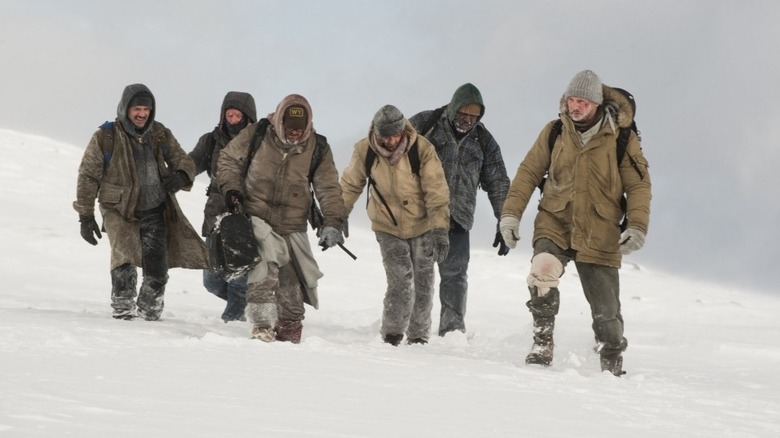
Open Road Films
A small plane carrying oil workers heading back to Anchorage, Alaska, crashes into the remote wilderness leaving only a handful of survivors. The men soon discover that they've crashed into a wolf pack's hunting area and that the real terror is yet to come.
Yes, Joe Carnahan's "The Grey" is yet another Alaska-set tale of survival, but this time we get Liam Neeson (in his best action film), wolves, and a thoughtful rumination on life and death. No, really. The predatory animals serve as a literal threat as they maneuver to pick off survivors one by one, but they also offer up a philosophical commentary on human nature and our need for purpose. Life is key to a certain point, but each person's definition of life — of what constitutes living, of how hard we'll fight to stay alive, and of why we fight in the first place — determines their own journey to an inevitable end.
Of course, even if you don't care about the film's sorrowful, heavy, thought-provoking themes, it still delivers as a thrilling adventure pitting men against animal in battles of cunning and barbarity. Neeson has never been better as a man whose contemplation of suicide is interrupted by his fight to survive, and the ensemble supports him with a rich variety of characters played by Frank Grillo, Dermot Mulroney, James Badge Dale, and more. Welcome to Alaska. I hope you're prepared to fight.
1. The Gold Rush
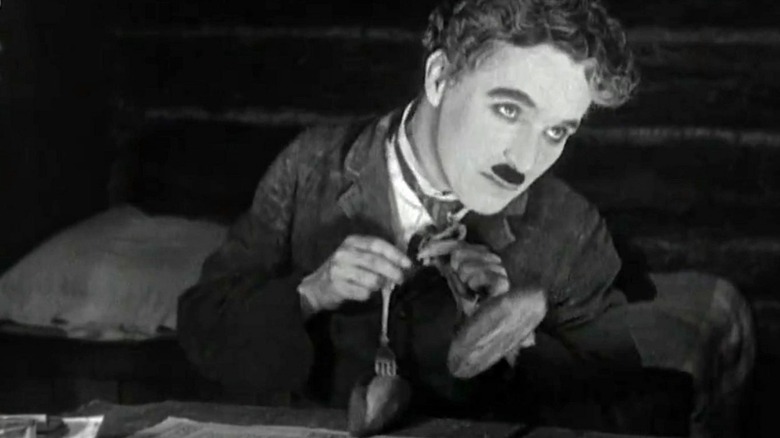
United Artists
A hopeful prospector heads into the wilds of Alaska in search of his fortune, but dangerous weather, bad men, starvation, and true love might find him first.
There should probably have been no doubt that Charlie Chaplin's mid 1920s blockbuster would nab the top spot here seeing as it's one of his three "perfect" films. "The Gold Rush" manages to be a lot of things starting with — you guessed it — an Alaskan-set tale of survival, but Chaplin also fills the screen with comedic beats both witty and physical, a sweet romance, and some profoundly universal themes about our collective need for love, companionship, and social interaction. The quest for fortune, particularly in the hard scrabble that is Alaska, might just be too much for a naive little tramp.
Chaplin delivers some iconic images here including a sequence that sees him put on a dance using bread rolls and forks as feet and legs and another featuring a cabin balanced precariously on a cliff's edge. Threats of starvation finds laughs in the tease of cannibalism, and the callousness of people towards their fellow man is as casual as a gently falling snow. Though it all, though, one man's belief that anything is possible carries him forward for both better and worse.

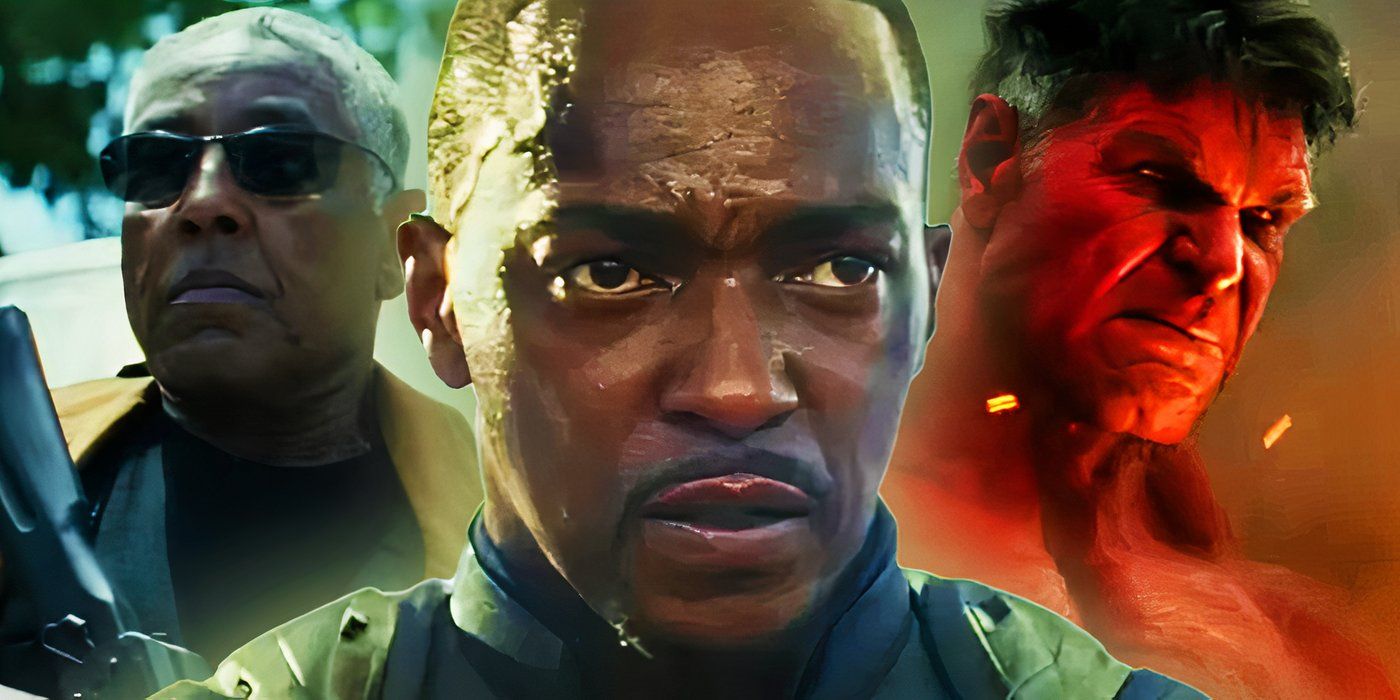
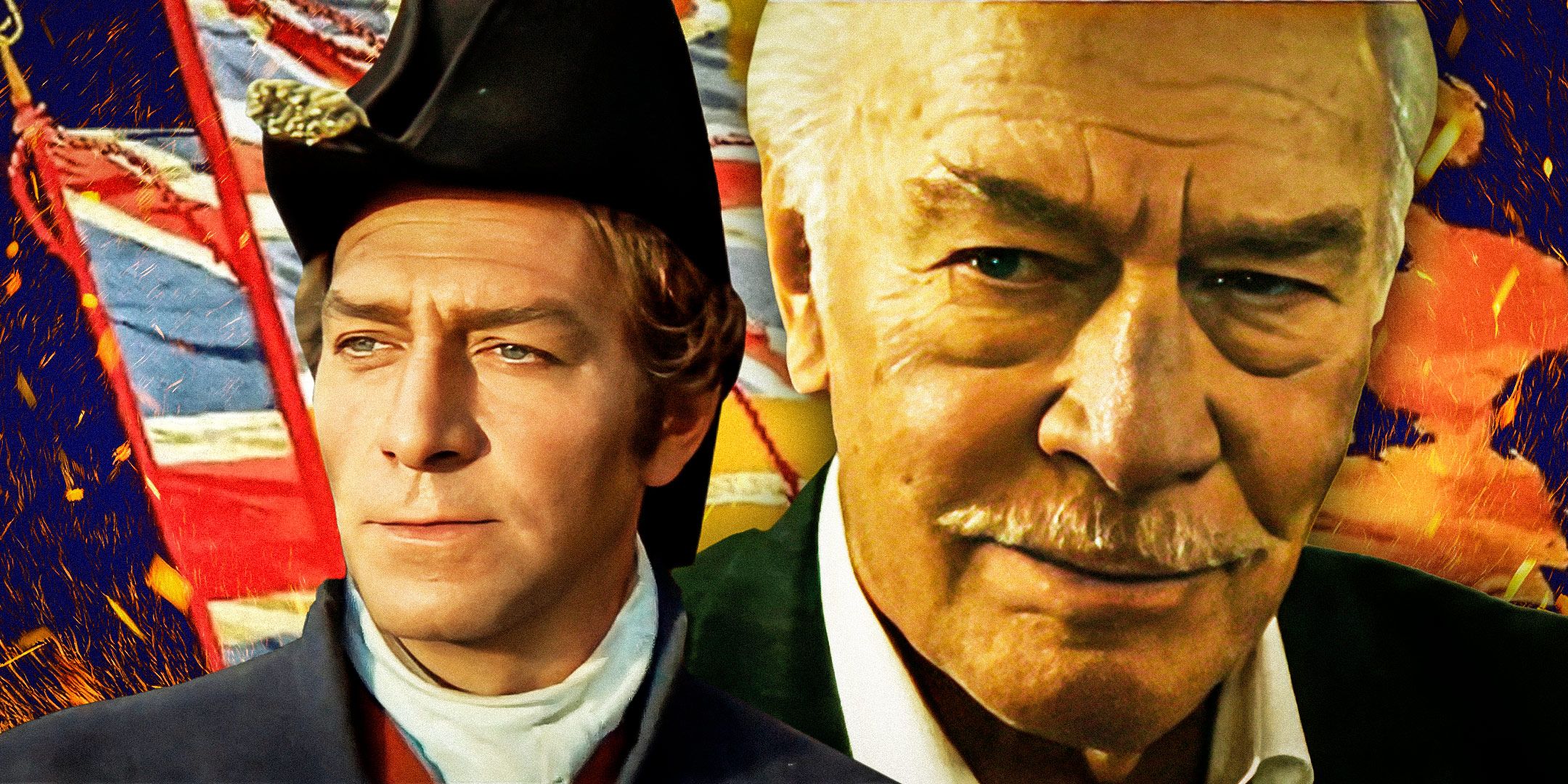
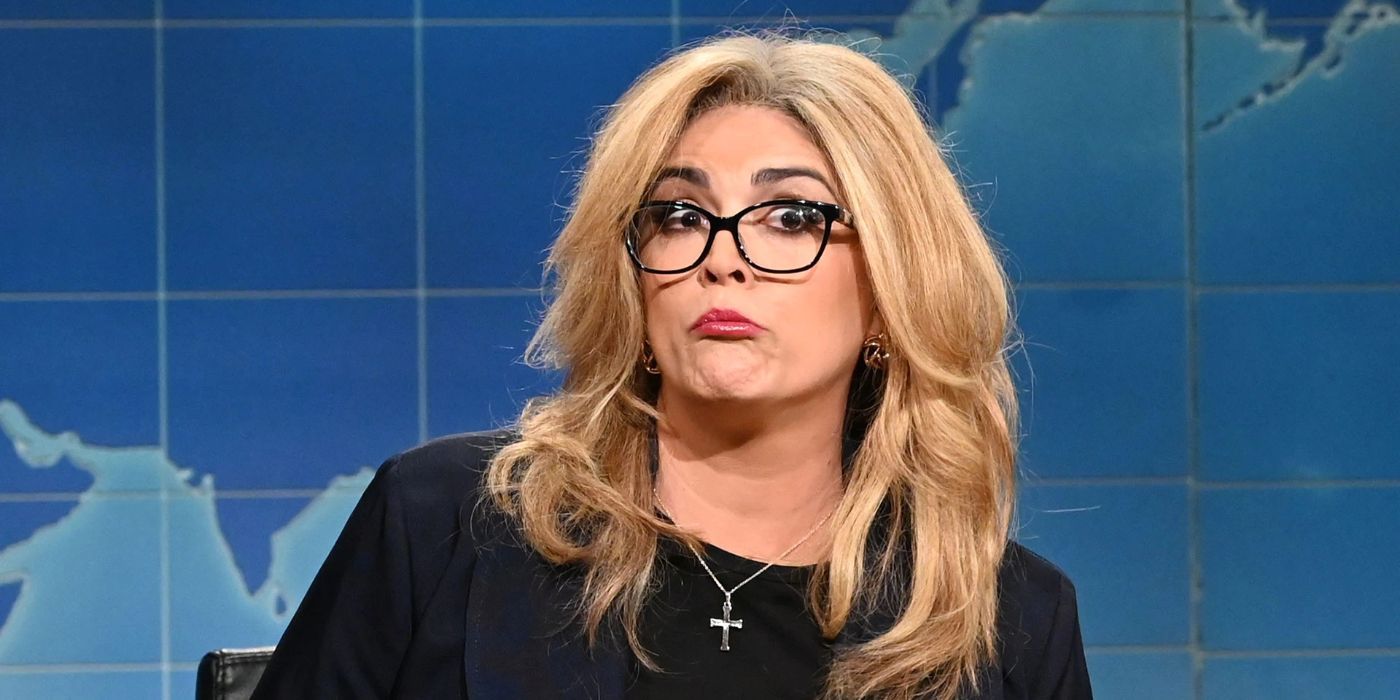





 English (US) ·
English (US) ·